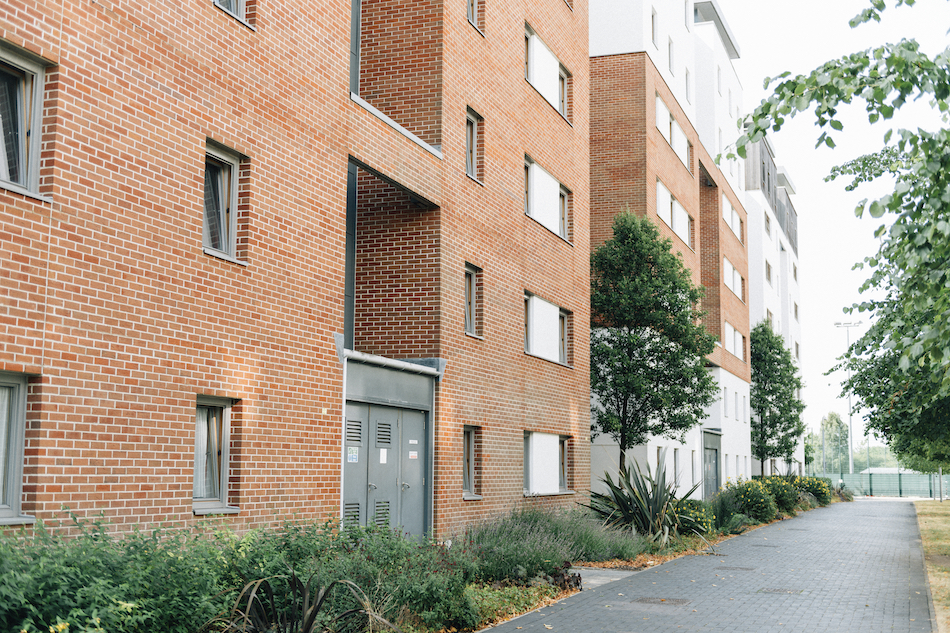An economic downturn after a massive global disruption, like the COVID-19 pandemic, is relatively standard. Consequently, as people build up their financial stability and economic recovery unfolds, we tend to experience inflated prices. But groceries and fuel aren’t the only items impacted by rising prices. Commercial property premiums also continue to creep up the scale. Let’s talk about why this phenomenon is happening and what to do about it.
Reasons Why Commercial Property Premiums Are Rising
Although most of us would enjoy pointing the finger at the pandemic for the insurance market’s (or any market’s) current condition, it’s not accurate. We can’t blame COVID-19 for every price hike; however, we have pinpointed several reasons worth discussing as to why rates continue to rise.
More Stringent Underwriting
There is a high demand in a hard market combined with a low supply for insurance products. Insurers offer less capacity while maintaining current or increased rates. They provide less coverage, typically with newly emerged exclusions (i.e., cyber and communicable disease exclusions), and have a more disciplined outlook. Underwriters are often cautious and tend to be more selective in their approach.
As damaging as it sounds, it’s an expected response when the world goes haywire. After all, facing more risks means reducing exposure.
Of course, a soft market is the opposite, with more relaxed underwriting criteria. Naturally, a soft market provides lower rates with increased capacity. In other words, policyholders get more coverage for less money — but that’s not where we stand currently.
Higher Reinsurance Costs
Reinsurance is known as “insurance of insurance companies.” In other words, multiple insurers often share risk by purchasing insurance policies from another insurer. This strategy helps broaden the risk pool, decreasing the loss capacity one insurer must handle.
However, the number of losses and inflation have caused reinsurance renewal rates to increase. Naturally, these prices trickle down to commercial property owners and other clients. As with most things in life, the pendulum won’t stay on one side for too long. We expect technological advances will help decrease the impact of the past few years’ challenges, and reinsurance rates will fall steadily.
Catastrophic Storm Loss
Our global economy wasn’t the only thing that took a significant hit in the past few years. According to the Insurance Journal, 2021 was the second most costly year for insurers. With three catastrophic Category 4 hurricanes making landfall in the US — Harvey, Irma, and Maria — 2017 is still the number one more costly year for insurers.
Last year also saw its fair share of catastrophic losses, with 44 tornadoes covering nine states, costing insurers roughly $5 billion in losses. Hurricane Ida was another $25 billion, and Winter Storm Uri added to the loss by $20 billion. But that’s just for starters. More than 50,000 wildfires damaged nearly seven million acres in the US, costing insurers up to $90 billion in damages. Altogether, insurers paid around $120 billion for natural disasters in 2021.
It’s no surprise that insurers anticipate paying more money for future losses. So, we can partially blame the many 2021 catastrophes for the loss creep. However, let’s not forget about the supply chain disruptions, labor shortages, and rising construction and materials costs. Future claim costs may skyrocket because of these occurrences, and commercial property premiums reflect these “perfect storm” dynamics.
Valuation Concerns
Many experts think that commercial assets are undervalued by up to 30% and have been for a while. The recent massive losses and hardships of inflation only compound this particular issue.
For starters, it’s challenging to estimate property values accurately, making an underwriter’s job more complicated than it already is. Figuring out how much financial damage particular property risks is nearly impossible when the value is unknown. As you might have guessed, insurers tend to falter on the safe side, increasing premium rates to create a safety net, per se.
How to Manage Rising Commercial Property Premiums
While no one person can control the economy, commercial property owners have options to manage the rising cost of insurance. Consider the following ideas to get the most bang out for your buck:
- Consider higher deductibles: Higher deductibles often result in lower premiums.
- Limit claim history: Underwriters weigh in your loss history when deciding how much of a risk they accept when insuring your business.
- Work with a reputable commercial insurance broker: Trust your broker to represent you. Be sure you understand the role of a commercial insurance broker to support their best work. For example, avoid market blocking!
- Customize coverage: By submitting detailed information to an underwriter and partnering with a trusted broker, you can tailor coverage to suit your needs and budget more effectively.
- Ride it out: Nothing lasts forever. This wave will soon calm to reflect a more welcoming environment. Let’s keep our heads above water until the riptide lets up.
For more helpful tips about getting the most out of the relationship with your broker, see our most recent post, How to Maximize Your Insurance Broker Relationship & Make Them an Asset to Tenants.
If you’re interested in learning more about your commercial insurance options, please visit our Contact Us page. We’re here to help!


